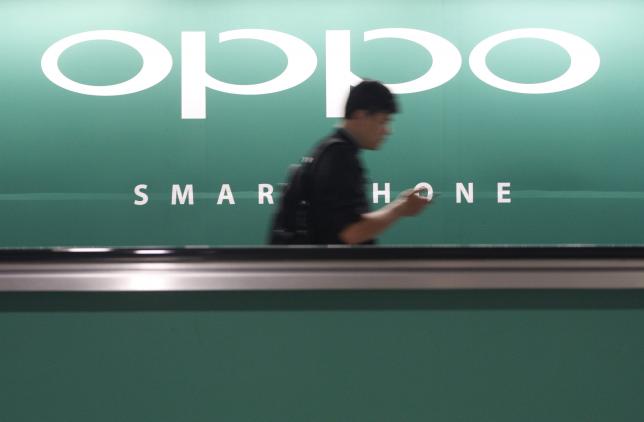1 min read
OPPO, Vivo Snap At Apple’s Heels In China Mobile Market

April 19, 2024
Copyright 2023, IT Voice Media Pvt. Ltd.
All Rights Reserved

 these local handset vendors are rising up the rankings in the world’s largest smartphone market, using local marketing savvy and strong retail networks in lower-tier cities.
these local handset vendors are rising up the rankings in the world’s largest smartphone market, using local marketing savvy and strong retail networks in lower-tier cities.